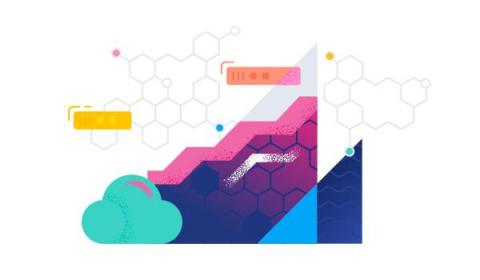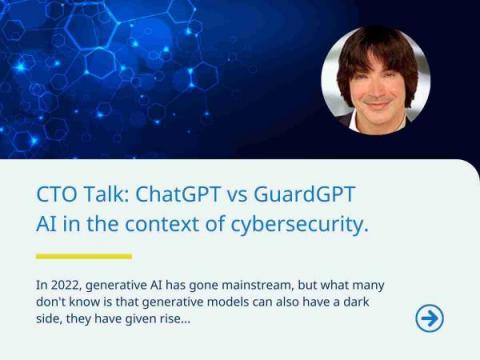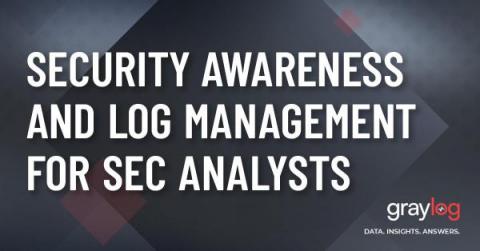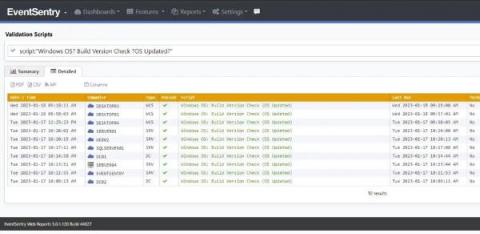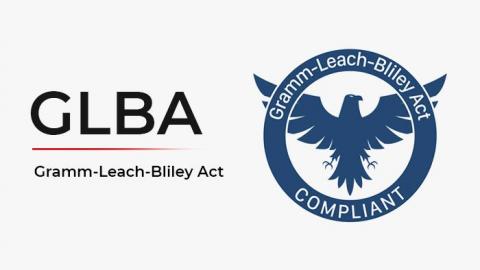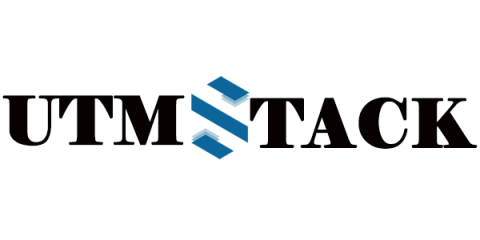Security | Threat Detection | Cyberattacks | DevSecOps | Compliance
Latest News
CTO Talk: ChatGPT vs GuardGPT. Generative AI in the context of cybersecurity.
In 2022, generative AI has gone mainstream, but what many don’t know is that generative models can also have a dark side, they have given rise to a new breed of cyber attacks. These attacks exploit the defining property of generative models—their ability to generate plausible new examples of some type of data, to synthesize passwords or fingerprints to break authentication, to masquerade malware as harmless software to avoid detection, and much more.
The ultimate race condition: Securing open source infrastructure
Security Awareness and Log Management for Security Analysts
How to Inspire Privacy Best Practices Throughout Your Organization
In our post-pandemic world, more and more individuals are splitting their time between the corporate office and their home office or working remotely full-time. This shift is blurring the lines between professional and personal cyber hygiene and privacy, which can pose a significant risk to organizations.
The Life of the Sysadmin: A Patch Tuesday Story
The System Administrator! AKA the Sysadmin. The keeper of the network, computers – well basically all things technology. The one who is hated for imposing complex passwords and other restrictions, but taken for granted when everything works well. They are the first to be called when “facebuuk.com” reports: “domain does not exist”.
SIEM Tools: Which Vendors Should Be on Your List?
Whether your organization is ready to deploy its first security information and event management (SIEM) solution or you’re looking to upgrade to a modern, next-gen SIEM, the number and types of tools available in the market can be overwhelming. This post will help you choose the right vendor and best SIEM tools for your business needs. SIEM tools have been available for about 15 years, but like most technologies, there has been a great deal of evolution and innovation over that time.
SIEM Systems for IBM AS400
Security Information and Event Management (SIEM) systems are essential for protecting IBM AS400 systems in the financial industry. These systems are designed to collect, analyze and correlate log data from various sources, including servers, network devices, and applications, to identify security threats and compliance violations.
Top Five Cybersecurity Pain Points of 2023 - Internet Trends Analysis
According to an analysis realized on millions of comments and posts from technical communities and forums on the internet, these are currently the biggest cybersecurity needs or pain points that are lacking solutions or improvement across organizations: It’s worth noting that the above-mentioned concerns can vary by organization size, industry, and specific use case, but they are the common pain points that are frequently mentioned in the online communities and forums.
Advanced persistent threats (APTs) Prevention with SIEM Systems
Advanced persistent threats (APTs) and targeted attacks are a growing concern for organizations of all sizes. These types of cyber attacks are characterized by their high level of sophistication and the ability to evade traditional security measures. In order to defend against APTs, organizations need to adopt a multi-layered approach that includes implementing security information and event management (SIEM) systems.


